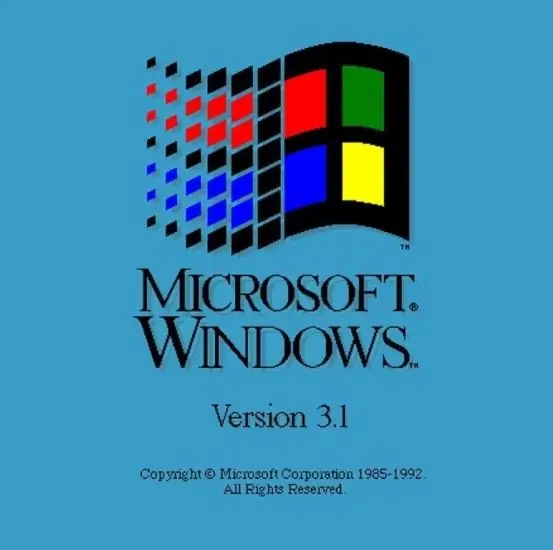Each Windows operating system has been released over the years and has its own advantages and disadvantages. With the release of each new edition, its capabilities expand, and the management becomes more and more simple and convenient. It is very easy to find out the system version on your computer.

Instructions
Step 1
On computers running Windows Vista / Windows 7, the first thing to do is to go to the system folder "My Computer". It can be located on the desktop as a shortcut. Double-click the shortcut with the left mouse button to open the folder.
Step 2
If the "My Computer" folder is not on the desktop, it is most likely pinned to Start. Press the "Start" button at the bottom of the screen and find "My Computer" in the right column. Usually this item is located between the documents and the control panel.
Step 3
After you have entered the system folder "My Computer", right-click on the empty space of the folder. In the drop-down context menu, select the final item, which is called "Properties" - click on it once with the left mouse button.
Step 4
You will see a system window called "View basic information about your computer." The Windows Edition section lists the Windows version and type (for example, Windows 7 Home Premium or Windows Vista Ultimate). Below, in the "System Type" line, you can see the bitness of the operating system: 32 or 64 bits.
Step 5
If your computer is running Windows XP or a version of Microsoft operating system below publishers (Windows ME, Windows 98, etc.), go to "Start" and find the item "Run". In different versions of Windows, it is located in different places. In the opened program launch window, enter the dxdiag command in the "Open" line and press the "OK" key. After a few seconds, the DirectX diagnostic tool will start, in the main window of which your operating system and its bit rate, as well as the build (build number) will be indicated.






